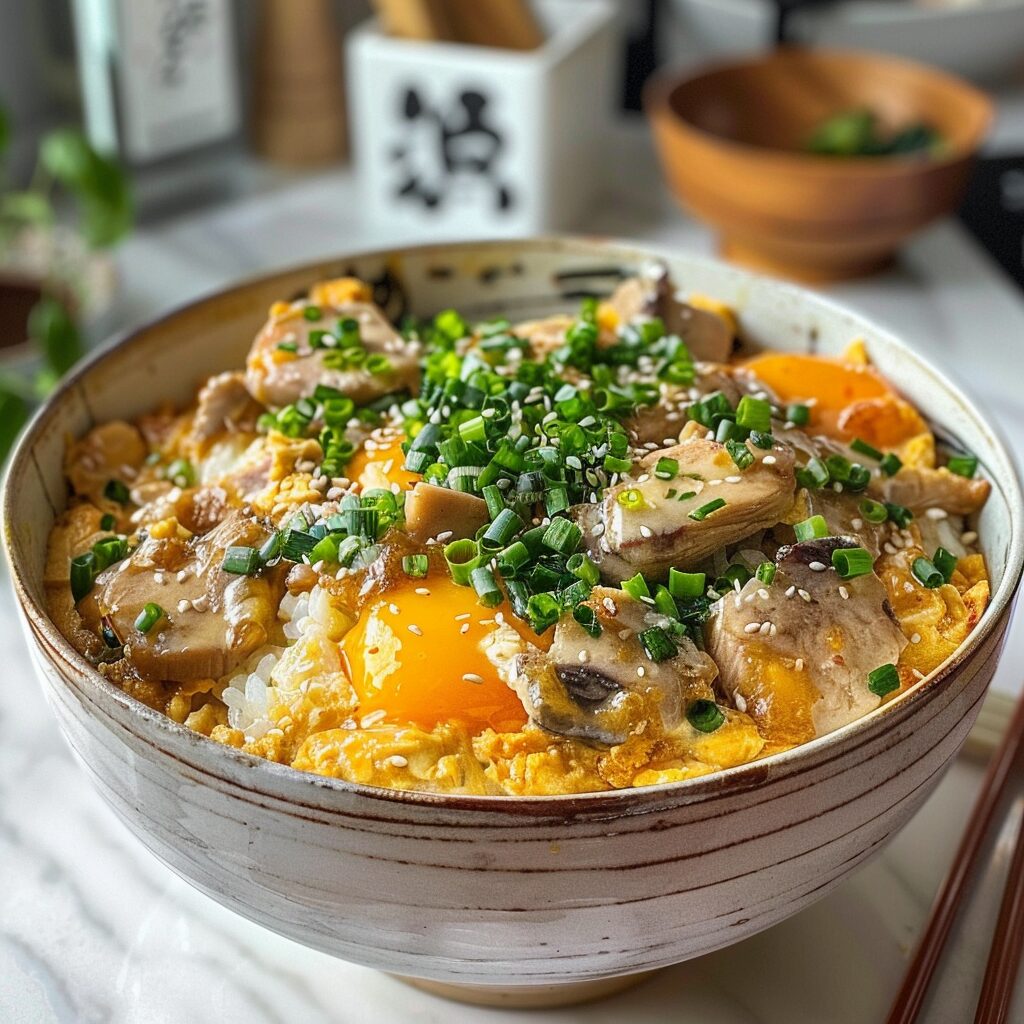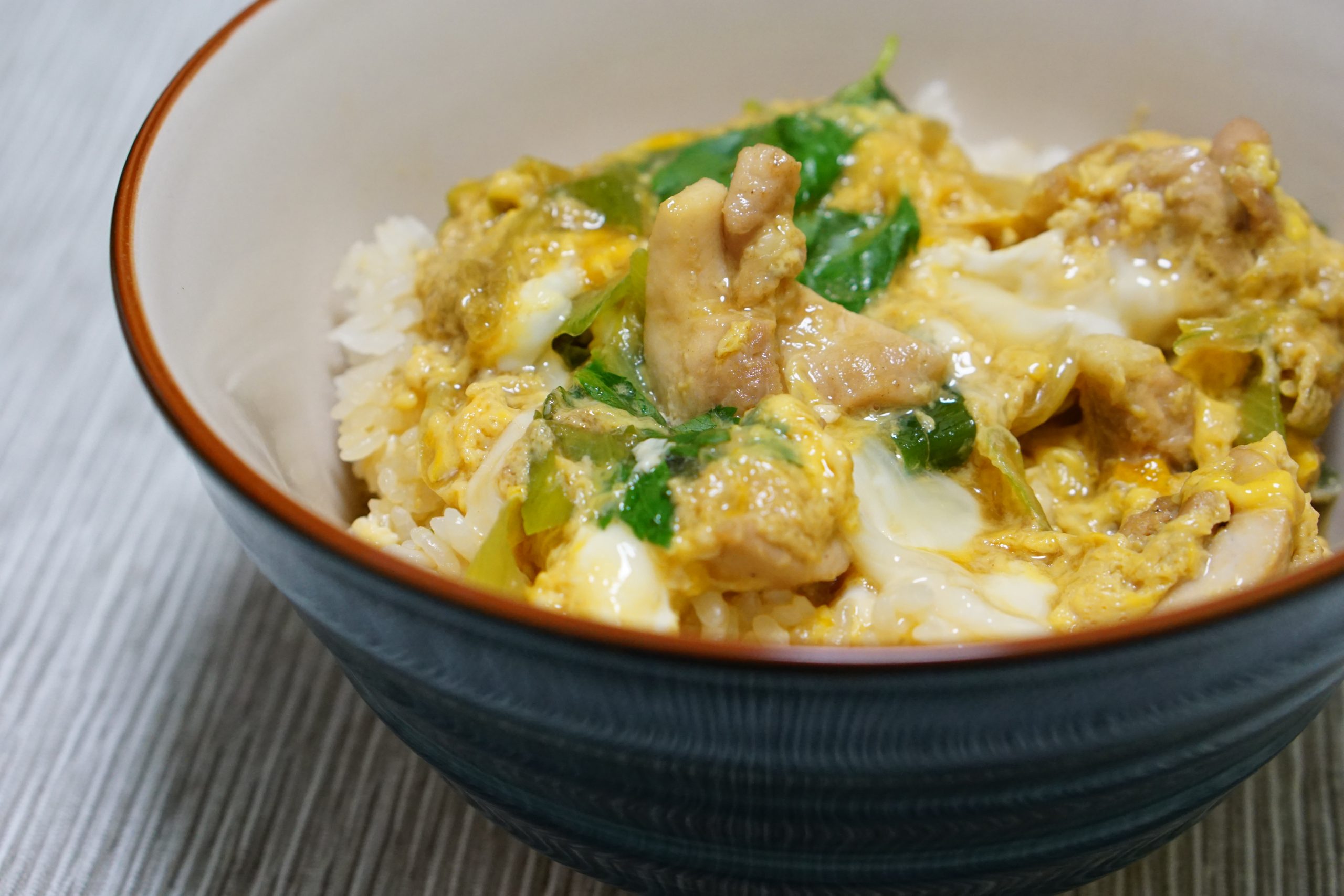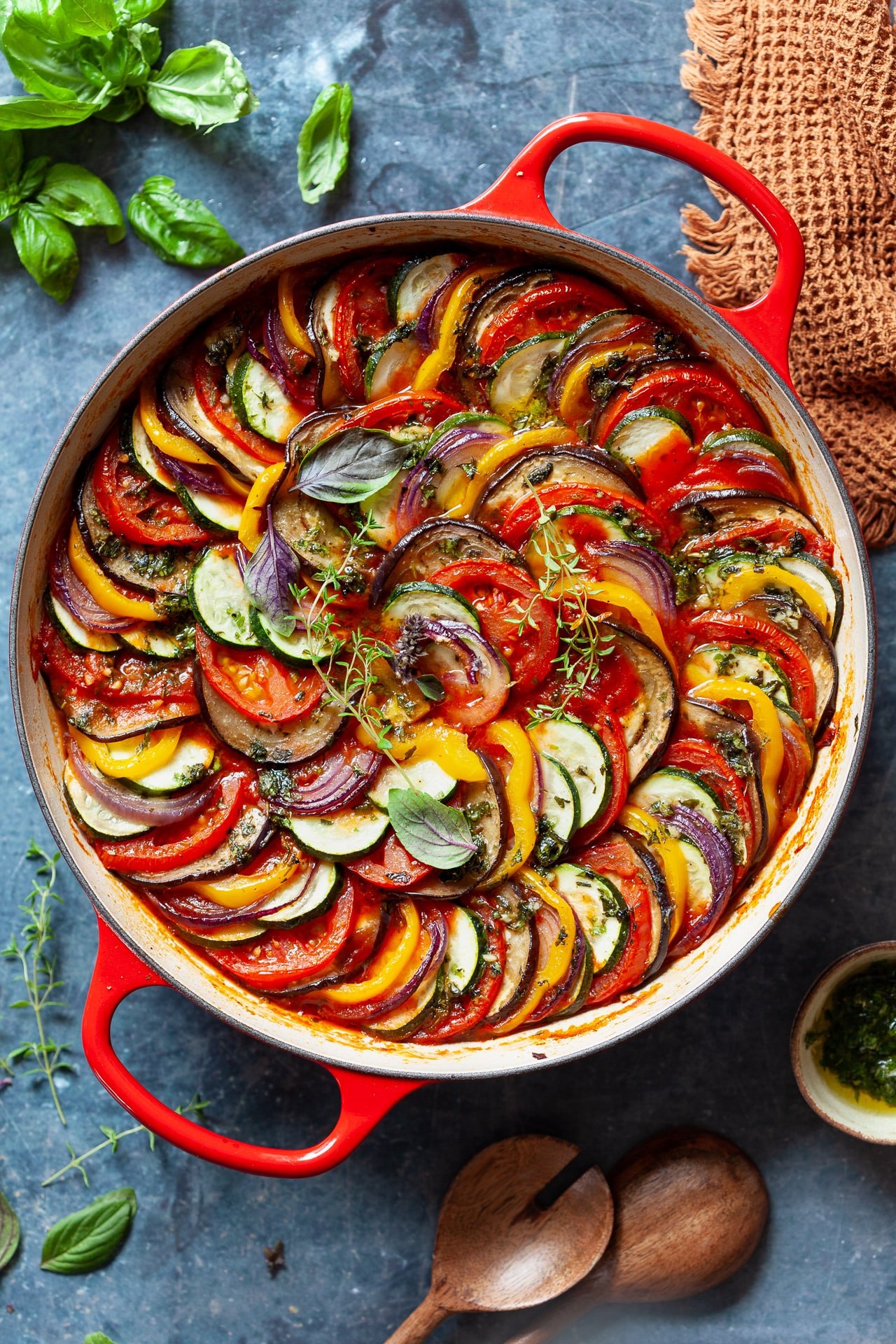Oyakodon: A Simple Yet Delicious Japanese Comfort Food
Related Articles
- A Deep Dive Into The Deliciousness Of Pork Schnitzel: From Classic To Creative
- Embracing The Nordic Way: Cooking With Fresh Fish, Root Vegetables, And Whole Grains
- A Journey Through Flavor: Exploring The World Of Satay
- Gado-Gado: A Symphony Of Flavors In Every Bite
- The Masala Dosa: A South Indian Journey Of Flavors
Introduction
Uncover the latest details about Oyakodon: A Simple Yet Delicious Japanese Comfort Food in this comprehensive guide.
Oyakodon: A Simple Yet Delicious Japanese Comfort Food

Oyakodon, often translated as "chicken and egg rice bowl," is a beloved Japanese dish that embodies simplicity and comfort. This one-pan wonder, featuring tender chicken, fluffy eggs, and a savory sauce all nestled over a bed of fluffy rice, is a testament to the beauty of Japanese culinary tradition – highlighting fresh, seasonal ingredients and skillful techniques to create a truly satisfying meal.
This article dives deep into the world of oyakodon, exploring its history, exploring the nuances of its preparation, and providing comprehensive cooking guidelines to help you create this delightful dish in your own kitchen. We’ll also delve into variations and explore ways to elevate your oyakodon game, ensuring you can whip up this comforting meal with confidence and creativity.
A Journey Through Time: Unraveling the History of Oyakodon
While the exact origins of oyakodon are shrouded in some mystery, its history is intertwined with the evolution of Japanese culinary culture. The dish is believed to have emerged during the Meiji era (1868-1912), a period marked by significant social and economic changes in Japan.
A Fusion of Traditions: The concept of oyakodon itself embodies a fusion of traditional Japanese cooking techniques and the influence of Western culinary ideas. The use of chicken, a relatively new ingredient in Japanese cuisine, reflects the growing popularity of Western food during the Meiji era. The egg, a staple in Japanese cuisine, adds a touch of richness and creaminess to the dish.
The Rise of the "Donburi" Culture: Oyakodon’s popularity is also tied to the rise of "donburi" culture in Japan. Donburi, meaning "rice bowl," refers to a style of Japanese cuisine where various ingredients are served over a bed of rice. The simplicity and affordability of donburi dishes made them popular among working-class people during the Meiji era.
A Culinary Legacy: Oyakodon’s legacy extends beyond its historical significance. It has become a beloved comfort food, enjoyed by people of all ages and social backgrounds across Japan. The dish’s simplicity and adaptability have also made it a popular choice for home cooks and professional chefs alike.
Deconstructing the Dish: Ingredients and Techniques
Oyakodon’s appeal lies in its simplicity, with a handful of key ingredients working together to create a symphony of flavor. Let’s explore each ingredient in detail:
1. Chicken: The star of the show, the chicken provides the savory base of the dish. Traditionally, thigh meat is preferred for its richness and tenderness. You can use boneless, skinless chicken thighs, which are readily available, or opt for bone-in thighs for added flavor.

2. Eggs: The eggs add a creamy texture and protein to the dish. Typically, whole eggs are used, but you can experiment with egg yolks or whites for a different texture.
3. Onions: Onions provide a sweet and savory note to the sauce, complementing the chicken and eggs. White onions or yellow onions are commonly used.
4. Soy Sauce: The foundation of the sauce, soy sauce adds a salty and umami flavor to the dish. You can use regular soy sauce or a Japanese-style soy sauce for a more complex flavor profile.
5. Mirin: A sweet rice wine, mirin adds a touch of sweetness and depth to the sauce.
6. Dashi: A flavorful broth made from kombu (kelp) and bonito flakes, dashi provides a rich and umami base for the sauce. You can use store-bought dashi or make your own using a simple recipe.
7. Sugar: A small amount of sugar balances the savory flavors of the sauce, adding a touch of sweetness.
8. Rice: The foundation for the dish, rice is typically steamed Japanese rice, which is fluffy and absorbs the flavors of the sauce beautifully.
Cooking Techniques:
1. Sautéing: The chicken and onions are typically sautéed in a pan until they are cooked through. This allows the ingredients to release their flavors and create a flavorful base for the sauce.
2. Whisking: The sauce is whisked together in a separate bowl, ensuring that all ingredients are well combined.
3. Simmering: The sauce is simmered briefly, allowing the flavors to meld and create a rich and flavorful sauce.
4. Stir-frying: The chicken, onions, and sauce are combined in the pan and stir-fried briefly, allowing the flavors to fully meld.
5. Poaching: The eggs are typically poached in the sauce, creating a creamy and tender texture.
6. Assembly: The cooked chicken, onions, and sauce are poured over a bed of rice, creating a satisfying and visually appealing dish.

Mastering the Art of Oyakodon: A Step-by-Step Guide
Now that we have a better understanding of the ingredients and techniques involved in creating oyakodon, let’s dive into a step-by-step guide to making this delightful dish at home:
Ingredients:
- 1 boneless, skinless chicken thigh, cut into bite-sized pieces
- 1/2 white onion, thinly sliced
- 1 tablespoon vegetable oil
- 2 large eggs
- 1/2 cup dashi
- 1/4 cup soy sauce
- 2 tablespoons mirin
- 1 teaspoon sugar
- 2 cups cooked Japanese rice
- Chopped green onions (for garnish)
Instructions:
1. Prepare the Chicken and Onions: Cut the chicken thigh into bite-sized pieces. Thinly slice the white onion.
2. Sauté the Chicken and Onions: Heat the vegetable oil in a large skillet over medium heat. Add the chicken and cook, stirring occasionally, until browned on all sides and cooked through. Remove the chicken from the skillet and set aside. Add the onions to the skillet and cook until softened, about 3-4 minutes.
3. Make the Sauce: In a small bowl, whisk together the dashi, soy sauce, mirin, and sugar.
4. Simmer the Sauce: Pour the sauce into the skillet with the onions. Bring the mixture to a simmer and cook for 1-2 minutes, or until the sauce has thickened slightly.
5. Return the Chicken: Return the chicken to the skillet. Stir to coat the chicken in the sauce.
6. Poach the Eggs: Crack the eggs into a small bowl. Gently pour the eggs into the skillet, distributing them evenly. Cook for 1-2 minutes, or until the eggs are set but still slightly runny.
7. Serve: Spoon the cooked chicken, onions, and sauce over a bed of rice. Garnish with chopped green onions and serve immediately.
Elevating Your Oyakodon: Exploring Variations and Tips
The beauty of oyakodon lies in its adaptability. You can explore variations that suit your taste and preferences. Here are some creative twists and culinary tips to enhance your oyakodon experience:
1. Flavorful Variations:
- Spicy Oyakodon: Add a pinch of red pepper flakes or a splash of sriracha to the sauce for a touch of heat.
- Ginger Oyakodon: Grate some fresh ginger into the sauce for a subtle, warming flavor.
- Green Oyakodon: Add chopped spinach or kale to the skillet with the chicken and onions for a nutritious and flavorful twist.
- Mushroom Oyakodon: Sauté some sliced mushrooms with the chicken and onions for an earthy and umami-rich dish.
- Seafood Oyakodon: Replace the chicken with your favorite seafood, such as shrimp, scallops, or crab, for a lighter and more delicate flavor profile.
- Veggie Oyakodon: Use tofu instead of chicken for a vegetarian version.
2. Sauce Variations:
- Soy Sauce-Free: Use tamari or coconut aminos instead of soy sauce for a gluten-free option.
- Sweet and Savory: Increase the amount of mirin for a sweeter sauce.
- Spicy and Tangy: Add a splash of rice vinegar or lemon juice to the sauce for a bright and tangy flavor.
3. Presentation Tips:
- Garnishes: Elevate your oyakodon with colorful garnishes like chopped green onions, sesame seeds, or thinly sliced red chili peppers.
- Aesthetic Appeal: Arrange the ingredients neatly in the bowl for a visually appealing presentation.
- Side Dishes: Pair your oyakodon with traditional Japanese side dishes like miso soup, pickled vegetables, or a simple salad.
4. Culinary Tips:
- Don’t Overcook the Chicken: Overcooked chicken will be dry and tough. Cook the chicken until it’s just cooked through and still juicy.
- Don’t Overcook the Eggs: The eggs should be cooked just until they’re set but still slightly runny. Overcooked eggs will be rubbery.
- Adjust the Sauce: Taste the sauce and adjust the seasoning to your liking. You may need to add more soy sauce, mirin, or sugar depending on your preference.
- Use Fresh Ingredients: The quality of the ingredients will impact the flavor of the dish. Use fresh, high-quality ingredients for the best results.
Beyond the Bowl: Exploring Oyakodon’s Culinary Potential
Oyakodon’s versatility extends beyond the traditional rice bowl. Explore these creative ways to enjoy this dish:
1. Oyakodon Ramen: Combine the chicken, onions, and sauce with your favorite ramen noodles for a hearty and flavorful meal.
2. Oyakodon Tacos: Fill soft tortillas with the chicken, onions, and sauce for a fusion twist on a classic dish.
3. Oyakodon Pizza: Use the chicken, onions, and sauce as a topping for a unique and flavorful pizza.
4. Oyakodon Stir-Fry: Combine the chicken, onions, and sauce with your favorite vegetables for a quick and easy stir-fry.
5. Oyakodon Quesadillas: Fill tortillas with the chicken, onions, and sauce, then grill or pan-fry for a delicious and cheesy quesadilla.
6. Oyakodon Salad: Toss the chicken, onions, and sauce with a bed of greens for a lighter and more refreshing take on the dish.
Conclusion: Oyakodon – A Culinary Journey of Comfort and Creativity
Oyakodon, a simple yet deeply satisfying dish, embodies the essence of Japanese culinary tradition – embracing fresh ingredients, skillful techniques, and a spirit of adaptability. Whether you’re a seasoned cook or a culinary novice, oyakodon offers a gateway to the world of Japanese cuisine, inviting you to explore its versatility and create your own culinary masterpiece.
From its historical roots to its modern-day popularity, oyakodon continues to captivate taste buds and inspire culinary creativity. So, gather your ingredients, embrace the simplicity of this timeless dish, and embark on your own journey of culinary exploration with oyakodon.
Closure
Thank you for reading! Stay with us for more insights on Oyakodon: A Simple Yet Delicious Japanese Comfort Food.
Don’t forget to check back for the latest news and updates on Oyakodon: A Simple Yet Delicious Japanese Comfort Food!
We’d love to hear your thoughts about Oyakodon: A Simple Yet Delicious Japanese Comfort Food—leave your comments below!
Stay informed with our next updates on Oyakodon: A Simple Yet Delicious Japanese Comfort Food and other exciting topics.





